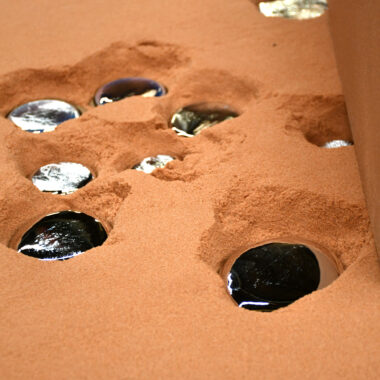Dive Into the Globe of Light Weight Aluminum Casting: Comprehending the Different Methods
Light weight aluminum spreading is an essential procedure in the manufacturing market, with various approaches used to produce elaborate and exact parts. Understanding the different methods used in aluminum spreading can supply valuable understandings into the abilities and restrictions of each technique. From the standard sand spreading method to the innovative die casting procedure, each method offers unique benefits depending on the needs of the job. Exploring these diverse techniques can use an extensive sight of the possibilities within the globe of aluminum spreading and just how each technique contributes to forming the modern production landscape.
Sand Casting Approach
Sand spreading, a widely-used approach in light weight aluminum casting procedures, involves creating molds constructed from compressed sand for pouring liquified metal. This approach is very versatile and cost-effective, making it a preferred option for numerous industries. The procedure begins with the development of a pattern, typically made from timber or steel, which is after that pushed right into the sand to leave a perception. The sand combination, commonly silica sand blended with a binder like clay, is tightly packed around the pattern to develop a mold dental caries. When the mold is all set, it is firmly positioned in a flask and molten aluminum is put right into the dental caries.
After the metal has cooled down and strengthened, the sand mold and mildew is broken away to reveal the light weight aluminum spreading. Sand casting permits the production of complex forms and big parts that might be costly or challenging to produce making use of various other techniques. It is also a lasting method as the sand can be recycled and made use of several times, decreasing waste in the casting procedure.
Long-term Mold Strategy

One significant advantage of the Permanent Mold Strategy is the boosted dimensional accuracy it offers. The metal mold and mildew permits tighter tolerances and finer details in the final aluminum castings compared to sand spreading techniques. This precision makes it a favored selection for applications where tight dimensional control is crucial, such as in the aerospace and auto industries.

Pass Away Casting Process

Financial Investment Casting Strategy
Utilizing a precision casting method, Financial investment Casting Approach involves developing complex aluminum parts by putting liquified steel right into their explanation a ceramic mold. This process, additionally recognized as lost-wax casting, starts with the production of a wax pattern of the wanted part (aluminum casting).
The next step entails putting the liquified aluminum right into the ceramic mold. The aluminum fills the cavity left by the wax pattern, taking its form specifically. This method is favored for its capacity to produce complicated shapes with high precision and a smooth surface finish. Financial investment casting is generally used for manufacturing parts in industries where tight resistances and intricate designs are needed, such as aerospace, automobile, and medical tools. The versatility and accuracy of the Financial investment Casting Method make it a valuable method on the planet of aluminum spreading.
Lost Foam Casting Method
Having actually discovered the elaborate precision of Investment Casting Approach, the emphasis currently moves to the cutting-edge method of Lost Foam Spreading in light weight aluminum element manufacturing. Lost Foam Casting, also understood as evaporative pattern spreading, is a modern-day method where a foam pattern of the preferred part is developed and after that coated with a refractory material.
Additionally, Lost Foam Casting is a cost-effective procedure as it reduces the requirement for cores and allows for the manufacturing of lightweight elements. Regardless of its website link advantages, Lost Foam Casting requires cautious control of the spreading process to protect against problems and make certain quality elements.
Verdict
In final thought, light go to my site weight aluminum casting uses a selection of methods such as sand spreading, irreversible mold method, die spreading, investment casting, and shed foam spreading. Each method has its own benefits and applications, making aluminum casting a versatile and commonly made use of procedure in various industries. Comprehending the distinctions between these methods is vital in picking the most suitable casting method for details production demands.
Sand spreading, a widely-used method in aluminum casting processes, includes producing mold and mildews made of compressed sand for pouring molten steel. aluminum casting.The Long-term Mold Technique, like sand spreading, is another prevalent method employed in aluminum casting processes, offering unique advantages in terms of mold reusability and dimensional accuracy. The metal mold allows for tighter tolerances and finer details in the final light weight aluminum spreadings contrasted to sand spreading techniques. The 2 major kinds of die spreading are chilly chamber die casting and warm chamber die spreading, each ideal for various types of aluminum alloys.In conclusion, aluminum spreading supplies a selection of techniques such as sand casting, permanent mold technique, die spreading, financial investment casting, and lost foam spreading